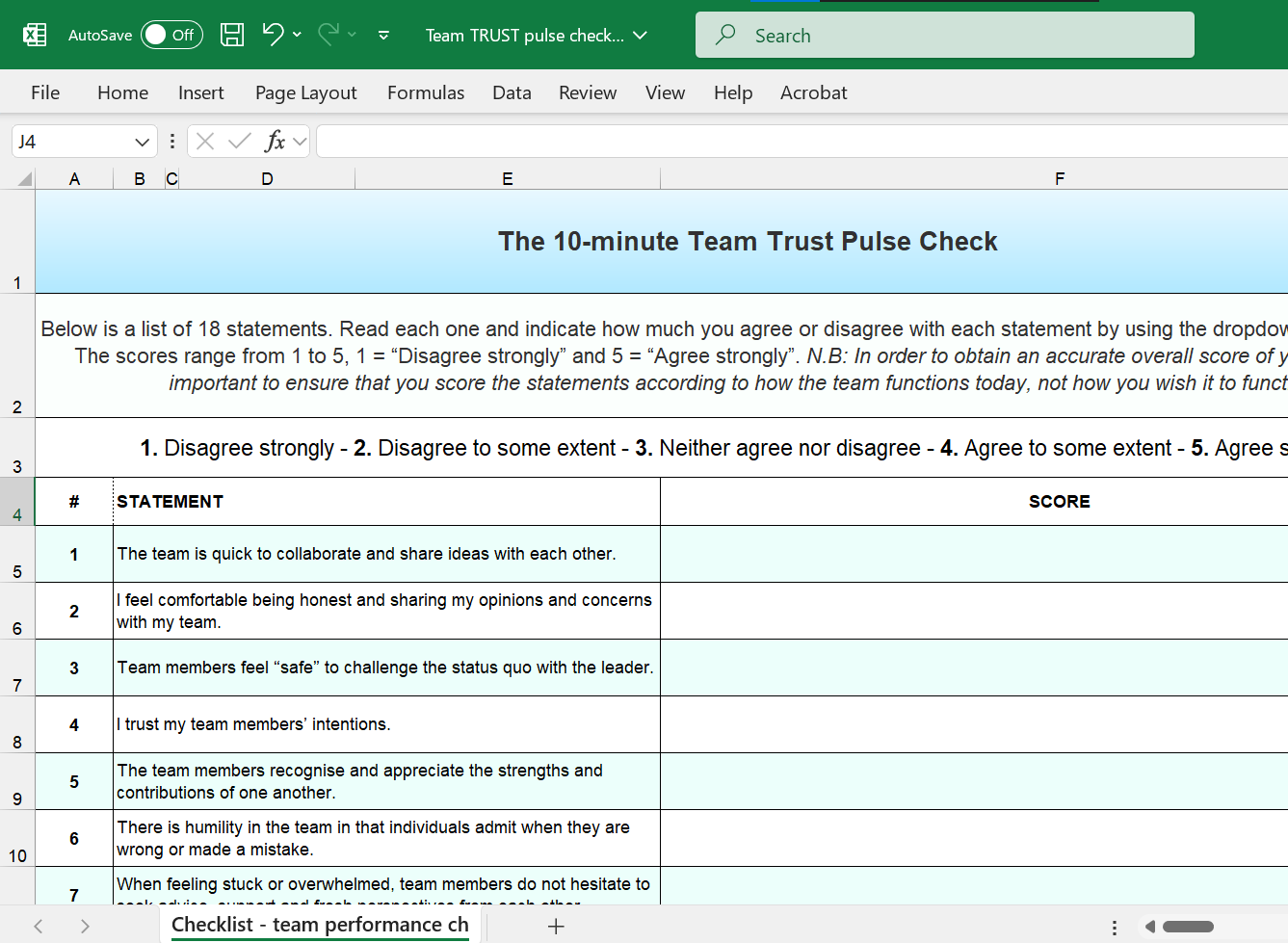
In our daily lives, the term “trust” often gets thrown around in expressions people use such as: “I no longer trust you” or “You have my full trust on this”. It’s a “heavy” word that typically elicits strong emotions – providing either a positive or a negative experience to the one at the receiving end. Either way, this can be misleading and could potentially create more chaos than harmony in the workplace.
Over the last 20 years, I have witnessed hundreds of hours where leaders and their teams have discussed, disagreed and debated on the topic of trust. I deduced two universal truths:
Synthesizing my observations and insights, the THRICE® model was born. It brings together 6 key ingredients of Trust.
Let’s explore this model:
T- for Transparency. When someone is willing to share information on their intentions, motivations and actions.
There is absence of Transparency when, for instance, you’re in a meeting and notice someone withholding information or not being open in the way they communicate. Or perhaps they are displaying behaviour reflecting disproportionate amounts of pressure or signs of hiding some truth. Such behaviour could also include applying undue pressure to their peers or reports.
H- for Humility. When someone can admit to their mistakes, ask for help and take risks.
It can take a lot of courage to admit to a mistake, yet not only is a confession a demonstration of maturity, it also informs the rest of the team of skills or knowledge gaps. Humility may also be demonstrated by simply being vulnerable and asking for help. Humility it about putting the relationship (between two people or between self and the rest of the team) before their own ego and not allowing the fear of judgment to take over.
R- for Reliability. When someone keeps their promises and follows through on their commitment.
“It is better to underpromise and overdeliver, than to overpromise and underdeliver”, said my boss to me one day, when I was fresh out of university.
When reliability reigns, employees show up by taking 100% ownership and accountability for completing a task or dealing with an issue in light of resolving it. Completing what you set out to do is a key element in being a trustworthy partner. Indeed, playing the blame game or finding excuses doesn’t bring anyone brownie points.
I- for Integrity. When someone is honest, ethical and has a consistent set of values that they honour in behaviour.
Simply put, integrity is when: a) what you think, b) what you say and c) what you do, are all the same thing.
Behaviour that doesn’t match someone’s words does not go unnoticed: Instead, it creates uncertainty and destabilises others. A common illustration of this is when an organisation prides itself with its guiding principle: “We encourage our people to speak up” yet, when employees do speak up – to challenge the status quo, for instance – they are reprimanded. So they resort to silence as a survival strategy.
C- for Credibility. When someone has the skills, knowledge and experience necessary to fulfil their obligations.
Trusting others with a given task, position or responsibility usually happens when they have built credibility. A common management error however, is when technical experts are promoted to people management roles: Oftentimes they aren’t equipped with the necessary people skills to effectively manage their newly inherited team.
Consequently, many newly promoted people managers are known to have a hard time adjusting to the new skills they were assumed to have.
E- for Empathy. When someone is able to see things from others’ perspectives and responds with compassion and understanding.
Emotional Intelligence has been globally recognised as a key trait to have and develop in order to thrive and enable others to thrive in the workplace. Displayed behaviour of empathy includes genuinely caring for others, being aware of the feelings and perceptions of others and acknowledging them. Empathy strengthens human connections and team identity, thereby enhancing well-being, relationships, and performance.
Conclusion
Each one of the six ingredients of trust are moving parts and it doesn’t take much for one to slip between the cracks. A change in leadership, a budget cut, a new change management programme or sudden resource shortage are all potential threats to trust, unless action is taken to preserve it. The key here is to identify which of the six ingredients is weak or absent so as to bring in the necessary conversations and address it.
I enable teams to engage in explorative conversations and define what is holding them back from stepping up. Grudges dissolve, shackles are broken and teams empower themselves.

Provide us with your Name and Email.